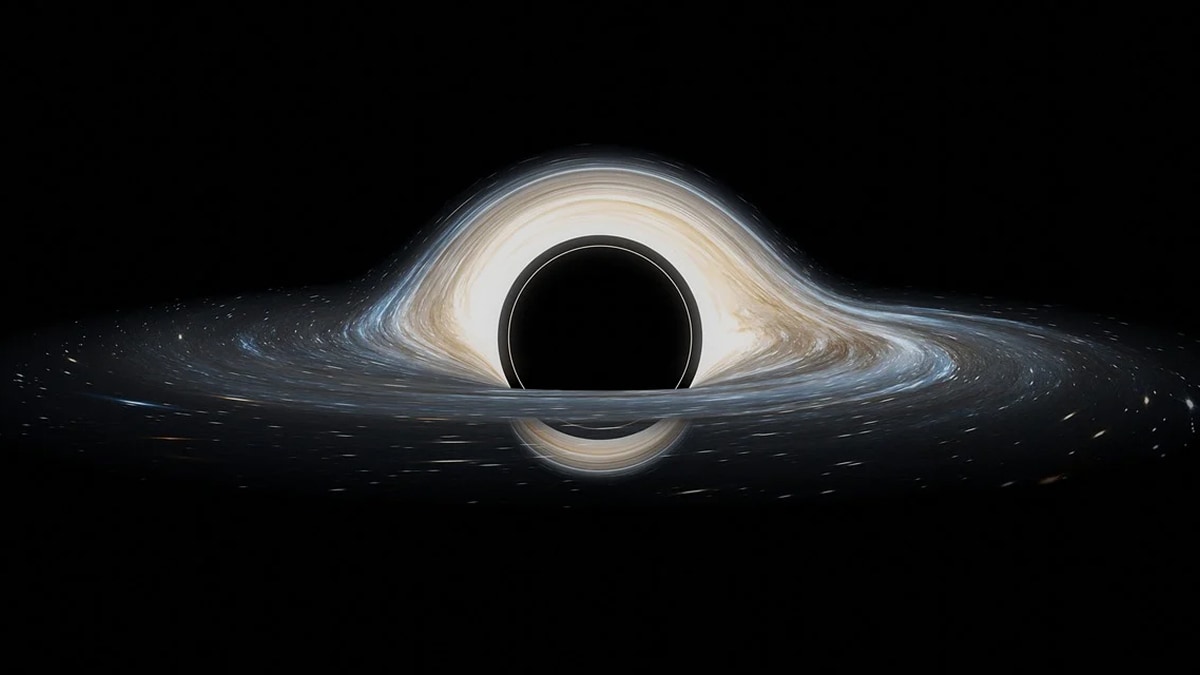Physicists are challenging the existence of singularities at the centers of black holes, suggesting they may not be real due to modifications of Einstein’s general relativity. Singularities represent breakdowns in space, time, and matter, causing issues for physics. A recent study proposes incorporating quantum gravity principles to refine general relativity’s equations, potentially eliminating singularities in favor of finite, highly curved regions of space-time. While observational verification remains complex, researchers suggest indirect evidence may come from gravitational waves. Further research aims to understand whether these singularity-free black holes can form naturally and explore their implications for the universe’s origins.
The debate surrounding the presence of singularities at the core of black holes has been reignited by physicists, with recent modifications to Einstein’s general relativity equations indicating that these points of infinite density may not exist in a physical sense. Singularities, which signal a collapse of space, time, and matter, pose a significant dilemma in physics. Their potential existence threatens the predictive integrity of scientific laws. To tackle this issue, researchers are proposing various adjustments to the framework of relativity, offering a fresh outlook on the interiors of black holes.
Proposed Enhancements to General Relativity
In a study featured in Physics Letters B, scientists have integrated a quantum gravity-based approach to refine the foundational equations of general relativity. While the traditional model adeptly explains phenomena such as black holes, neutron stars, and the evolution of the cosmos, it falters when faced with extreme conditions. The principles of quantum mechanics, which dictate the behavior of subatomic particles, oppose the idea of singularities, making their resolution essential.
In an interview with Live Science, Robie Hennigar, a postdoctoral researcher at Durham University, remarked that singularities represent areas of the universe where space, time, and matter are distorted to the point of nonexistence, which constitutes a major issue. He further noted that the prevailing scientific opinion frames singularities as indicators of the necessity for a more comprehensive theory.
Mathematical Revisions and Possible Evidence
The research indicates that by enhancing Einstein’s equations with an infinite series of terms, singularities can be eradicated, transforming them into highly curved yet finite regions of spacetime. Although this theoretical adjustment resolves the problem, confirming it through observation poses significant challenges.
Pablo Cano, a postdoctoral researcher at the University of Barcelona, stated in an email to Live Science that directly testing these modifications is challenging, as they occur within the confines of black holes. Nonetheless, gravitational waves resulting from black hole mergers might serve as indirect evidence. Additionally, observations of the early universe could provide valuable insights, potentially revealing signs of modified gravity within primordial gravitational waves.
Future Directions in Research
Additional research is necessary to ascertain whether these singularity-free black holes can form naturally through gravitational collapse. Pablo Bueno, a research fellow at the University of Barcelona, mentioned that ongoing investigations aim to determine if these models can also elucidate the origins of the universe without invoking singularities. Upcoming discoveries could transform our understanding of black holes and the fundamental principles governing spacetime.
(Except for the headline, this story has not been edited by NDTV staff and is published from a press release)
For details of the latest launches and news from Samsung, Xiaomi, Realme, OnePlus, Oppo and other companies at the Mobile World Congress in Barcelona, visit our MWC 2025 hub.
